(June 16, 2023) What began as a trial in their family’s Indian restaurant in the US state of Maine, Vanit (Van) and Sumit Sharma’s Rupee Beer has evolved into a prominent brew. Now available in twelve states in the US, their brew is not just a lager, but was specially crafted by a world-renowned master beer brewer to pair and complement Indian cuisine. Starting out during the COVID-19 pandemic, and choosing an iconic name for their brand, the brothers have set out to honour their Indian heritage, commemorate their family’s entrepreneurial legacy and to showcase the magnificence of the Indian culture to a global audience.
“It is just the beginning,” they say and have been nurturing their dream to extend the reach to more states of the US. A plan to introduce Rupee to the UK and EU market is also on the cards.
Proud of their brand name ‘Rupee’, the entrepreneurs feel that their crafted beer befittingly pairs with the exquisite tastes that Indian cuisine offers. “Rupee started in 2020 and went live in the market in 2021. In 2022, we were honoured to be named in the inaugural 40 Under 40 list presented by MaineBiz,” Vanit tells Global Indian.
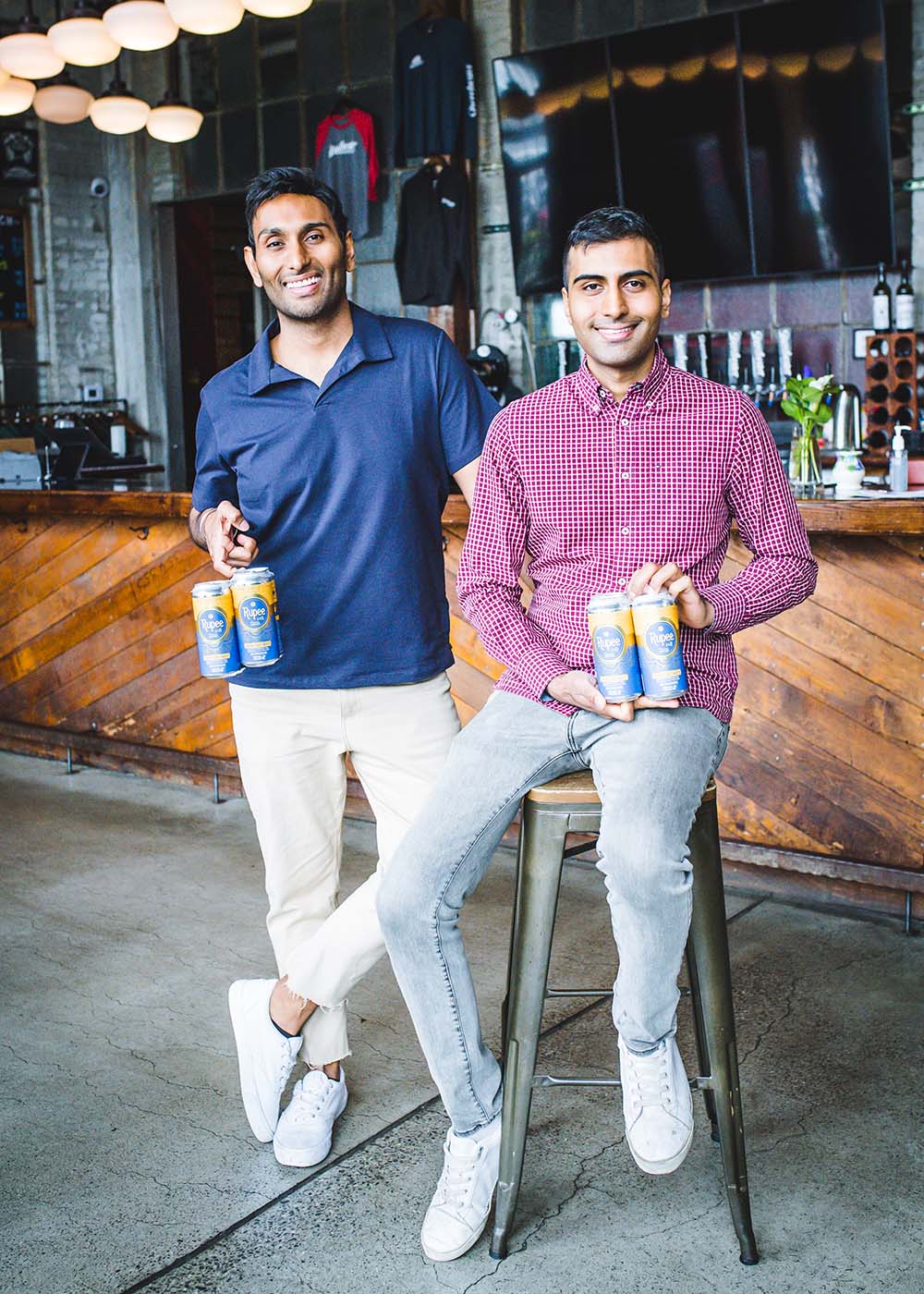
Van and Sumit Sharma
It started when…
When the pandemic struck in 2020, Vanit (an alumnus of Northeastern University) and Sumit (an alumnus of Boston University) were working in London and Australia respectively. Amidst the uncertainty of the pandemic, they returned to Maine– where they had grown up after their parents relocated there from Europe. In this unexpected turn of events, they found themselves once again working at their parents’ restaurant, just as they used to do in their younger days.
During the pandemic, like many restaurants in the area, their long-standing Indian restaurant was also encountering difficulties due to the global supply chain’s logistical issues. The most difficult part of all was to procure popular Indian beer brands like the Taj Mahal and Kingfisher. Shipments from India were badly affected and even when they arrived at ports in New York City and California, priority was given to larger states with higher volumes.
Turning adversity into advantage
The challenges that they were facing sparked a new idea in the duo’s minds. They started contemplating the possibility of creating a domestically brewed Indian beer that could genuinely complement Indian cuisine. However, they didn’t have any know-how of the brewing industry. Fortunately, they discovered an ideal collaborator in Alan Pugsley, the British founder of Shipyard Brewing Company, who happened to live nearby.
Pugsley, who is popular as the ‘Johnny Appleseed of craft brewing,’ boasts of a remarkable career spanning close to 45 years, during which he has played a pivotal role in the launch of more than 80 global craft beer brands. He was the ideal person to guide them about the intricacies of the brewing business.
Van and Sumit had extensive tasting sessions at their family restaurant with Pugsley and staff to find out what kind of beer would pair well with different Indian dishes, the fundamental concept behind Rupee, and most importantly what should be avoided to ensure the standards.
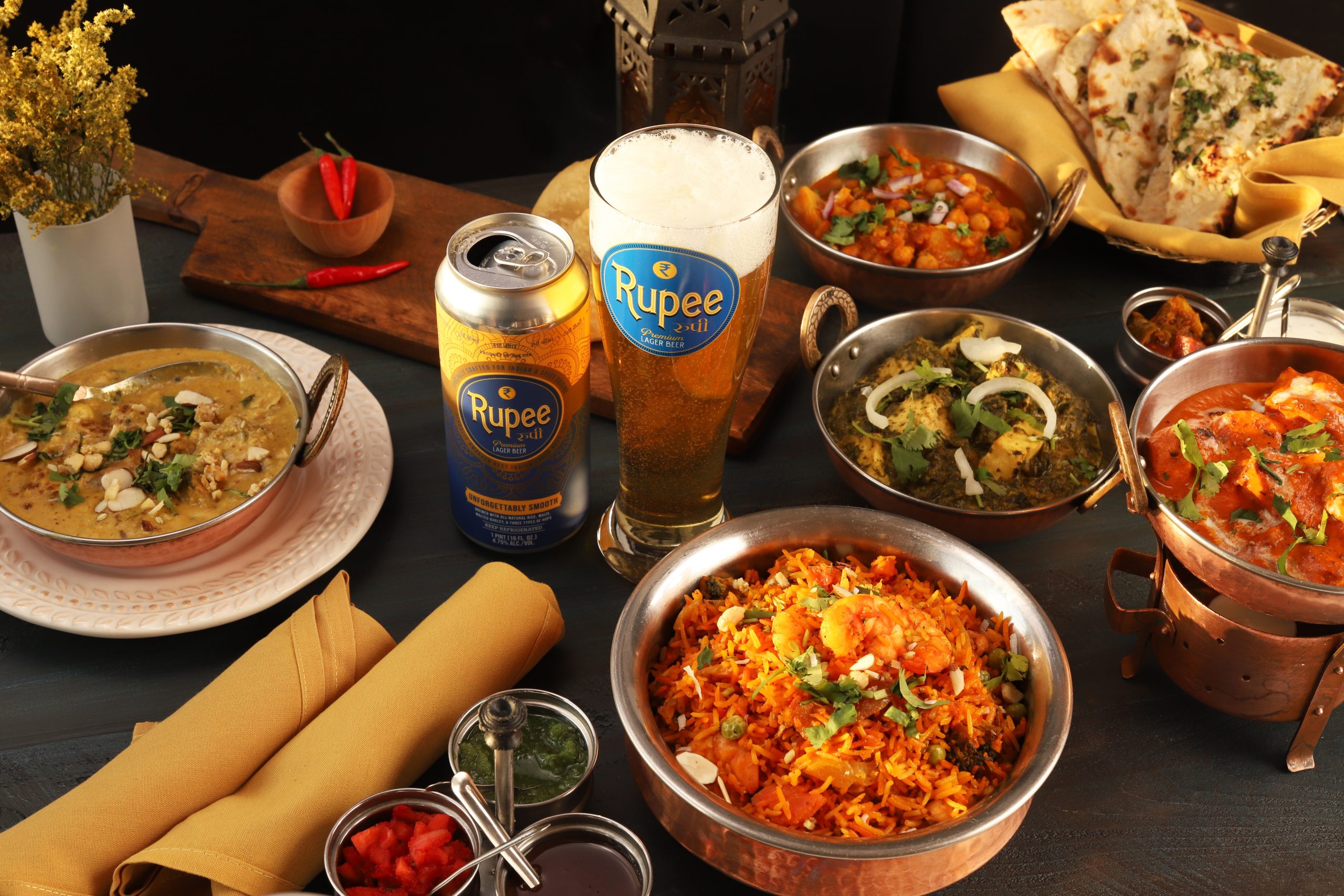
Rupee Beer pairs well with Indian cuisine
Van and Sumit knew that pairing heavy dishes like chicken tikka masala and butter naan can be quite filling with highly carbonated mass-produced beers which leads to discomfort, burping, and indigestion. “It wouldn’t create a pleasant experience, leaving an uncomfortable feeling of fullness after an Indian meal,” they explain.
The entrepreneurs’ goal was to create something that was exceptionally smooth, had its own distinct character, and truly complemented the Indian food they grew up with in a family business in curry spanning half a century. After excessive and minute experimentations, the final Rupee Beer was crafted. It has a lower level of carbonation compared to most beers. Every single batch of Rupee is brewed and fermented with top quality rice, maize, malted barley, yeast, and three types of hops ensuring their signature crisp and herbal tasting notes. “Rupee is slow brewed to a traditional Indian recipe, remaining all natural for an unforgettably smooth taste and finish,” Vanit says. The smooth flavour harmonizes with and enhances the robust flavours found in Indian cuisine, rather than overpowering them.
Finding a foothold
The spirit of entrepreneurship flows in the Sharma family. The journey of Van and Sumit’s immigrant parents is a quintessential story of Indian diaspora finding a foothold in a foreign land and making it one’s own. From India, they travelled to Germany and UK (where the brothers were born), and eventually to Maine in Portland, USA in 1990s where they established a chain of three of the first Indian restaurants. Their flagship restaurant ‘Bombay Mahal’ holds the distinction of being the oldest Indian restaurant in Maine.
The Sharma brothers remember how they were one of the very few Indians in Maine while they were growing up in Portland, the state’s largest cosmopolitan hub, and the only Indians in their school. But the fifth-generation entrepreneurs have held the family legacy and kept Indian heritage alive in their hearts. They credit it to the upbringing of their parents. “Our dad always emphasised how we need to strive to be good cultural ambassadors for India in a place miles away from it, and show Mainers that Indian food is approachable and our culture rooted in deep traditions,” they tell.
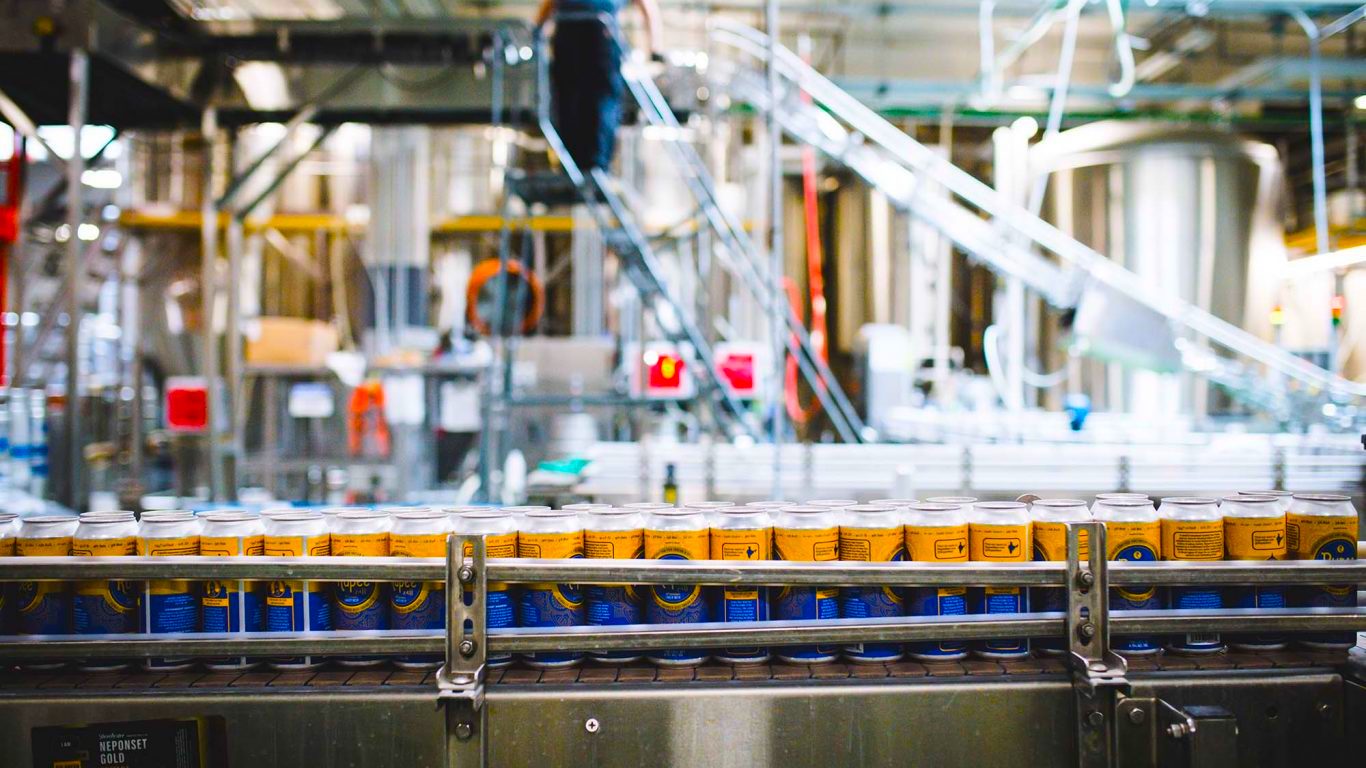
Packaging of Rupee Beer in progress
Rupee Beer finely crafted with care is distributed at Indian and South Asian restaurants, select Whole Foods, Costco, and Trader Joe’s, and is exclusively featured at their parents’ restaurant as the only Indian beer. Brewing, packaging, and shipping of Rupee Beer are handled through a partnership with Dorchester Brewing, with a current monthly production of 150 barrels (around 1500 cases). In just two years of its launch the brand has set a benchmark winning at 2021 Food and Drink Awards, being named Best Beer For World Food, and love and appreciation from the connoisseurs of beer.
After college, Van and Sumit took different life-paths: Van did a master’s in International Relations and Political Science, while Sumit studied business with a focus on Entrepreneurship. The pandemic played an unlikely catalyst in bringing them back to their homespun culinary pursuits, and their legacy.
Vanit lived and worked in London for decades before moving back to America. He worked in various global sales roles and had another startup within the co-working space arena in central London he exited right before the pandemic. Sumit headed to Latin America and lived in Colombia before relocating to Australia where he was working in the hospitality industry.
The family legacy
“We are Punjabis and from a family of entrepreneurs. Our grandparents hailed from a successful agricultural family business in Punjab, India as well as Kenya. Our family has been in the Indian restaurant trade for half a century,” Vanit says. The brothers have always been involved within the startup landscape from coworking, ecommerce platforms, and real estate ventures.
Their dad relocated to Germany and lived there for over a decade until the collapse of the Berlin Wall in 1989, then moved to London where Vanit was born and eventually shifted to Portland, Maine to launch three Indian restaurants in the early 90s. Their mom was born in Kenya. “Our grandmothers on both sides were also from Nairobi, Kenya and Dar es Salaam, Tanzania where there has been a sizable Indian diaspora for decades,” Vanit explains.
“Growing up we got to travel a lot. We’d go to India on holidays – usually to North India in Punjab and Delhi to see all our cousins, visit our grandparents’ farm, and attend family weddings. We grew up speaking Punjabi fluently at home,” Vanit says.
After tasting success with Rupee Beer, the fifth-generation entrepreneurs look forward to fulfilling their mission of introducing more iconic India-inspired products to an audience seeking to savour spice, flavour, and distinctiveness while dining out.
- Follow Van Sharma on LinkedIn
- Follow Sumit Sharma on LinkedIn
- Follow Rupee Beer on Twitter, LinkedIn, Instagram and Facebook



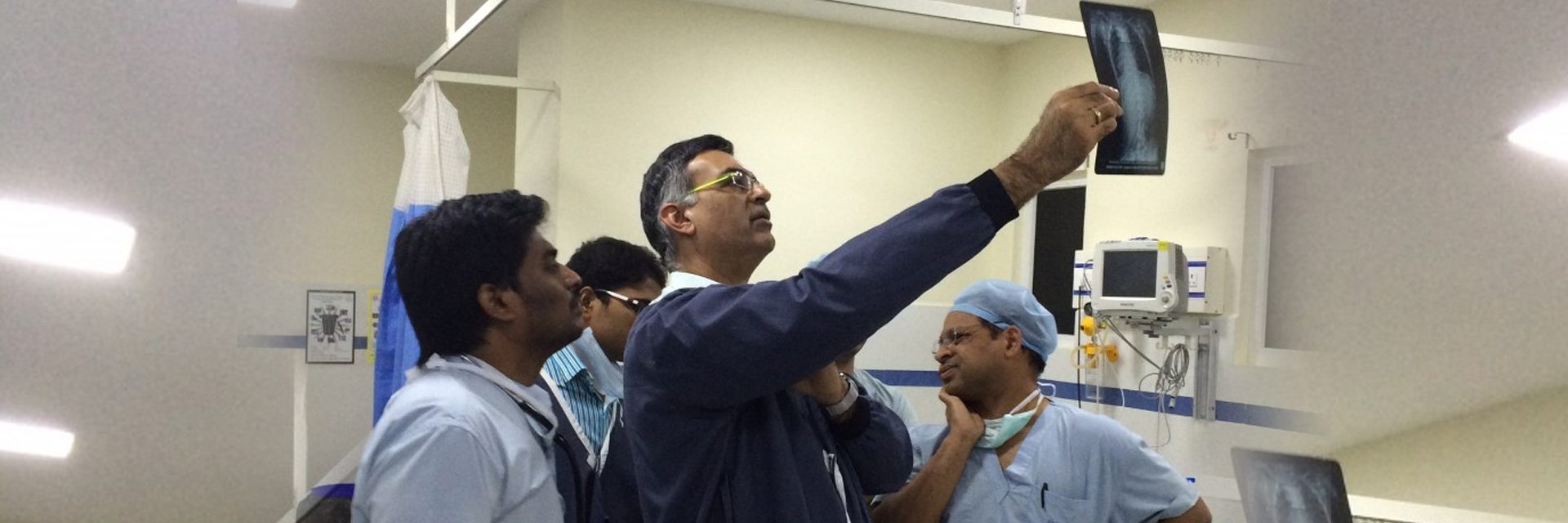
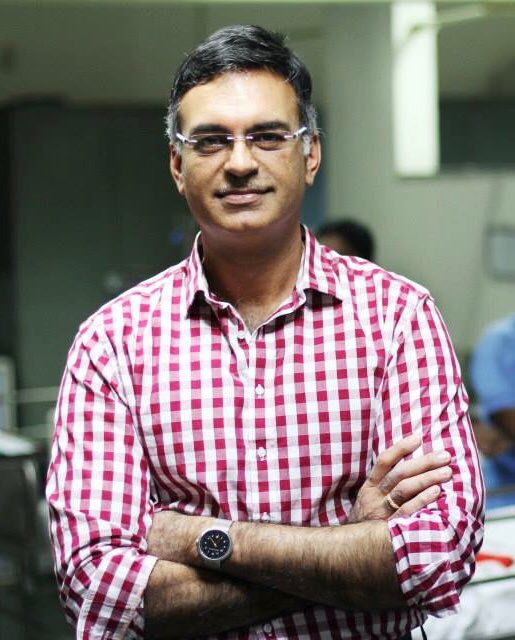

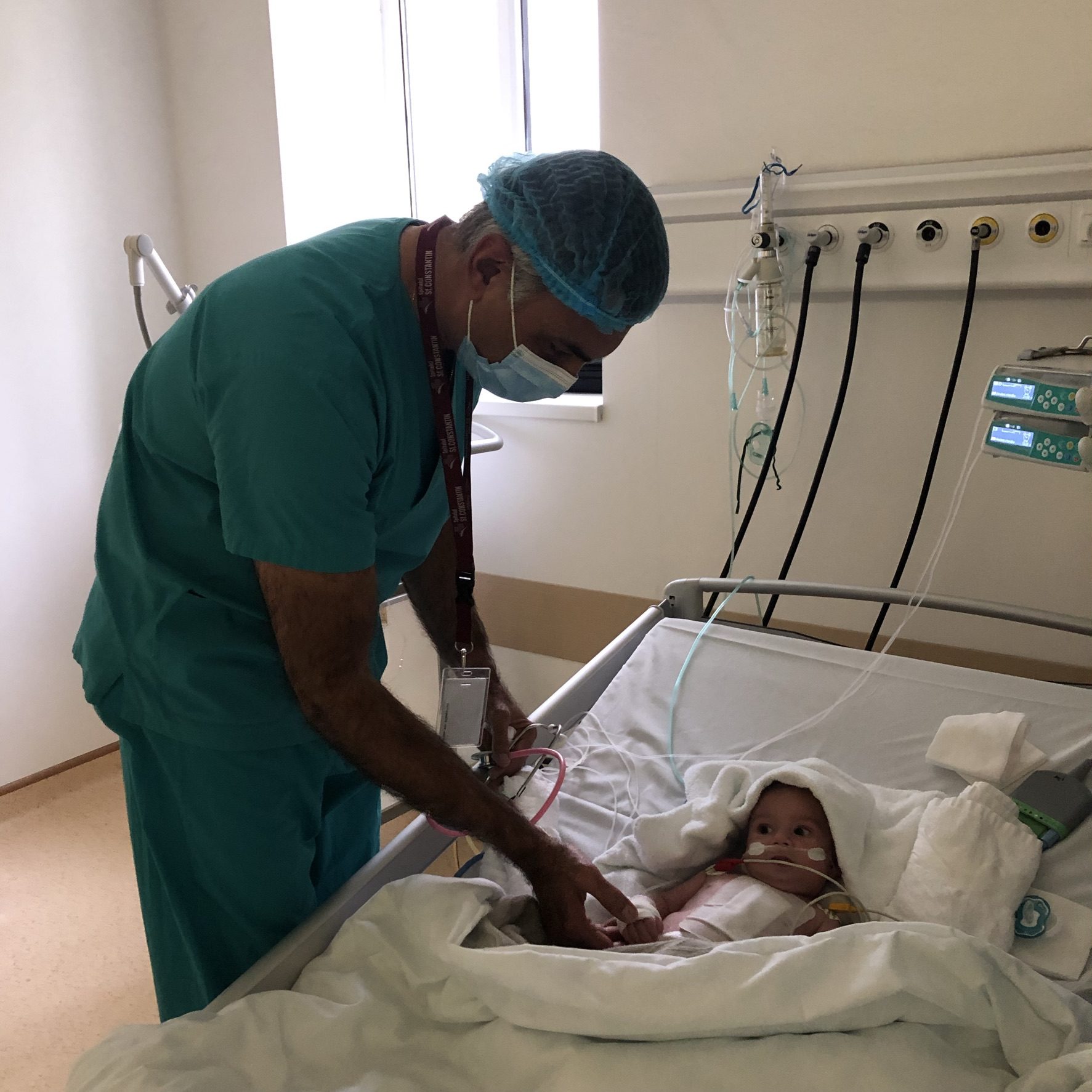
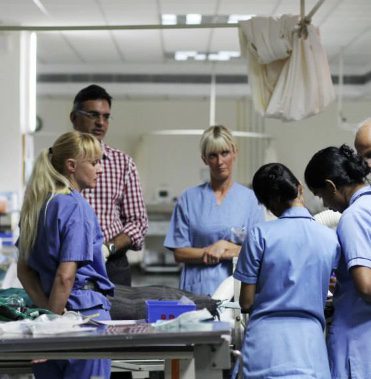
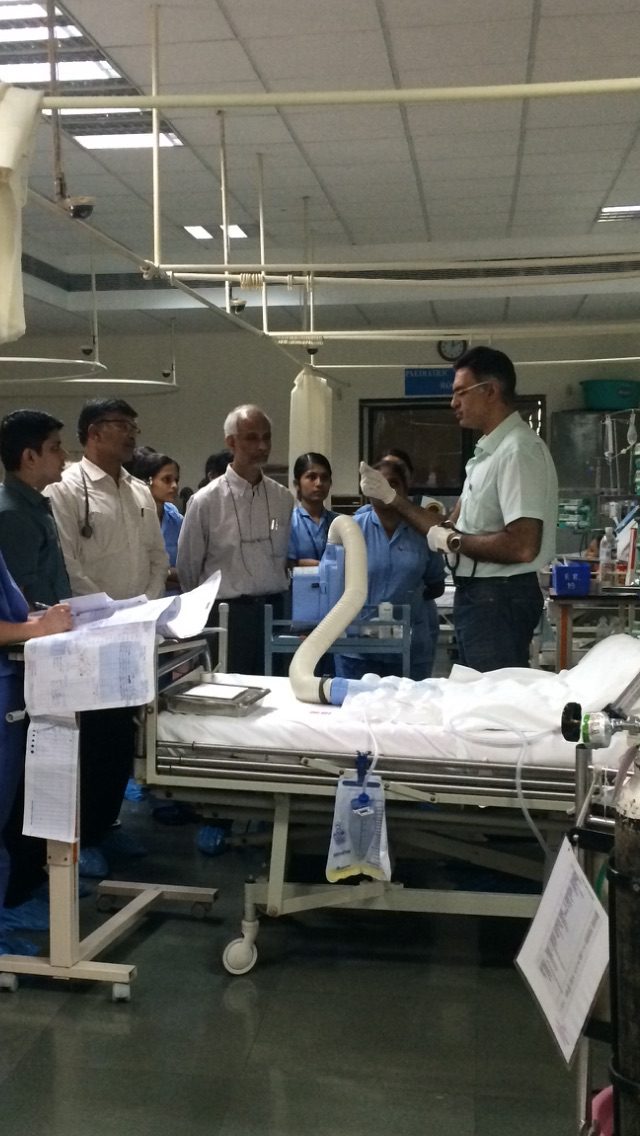


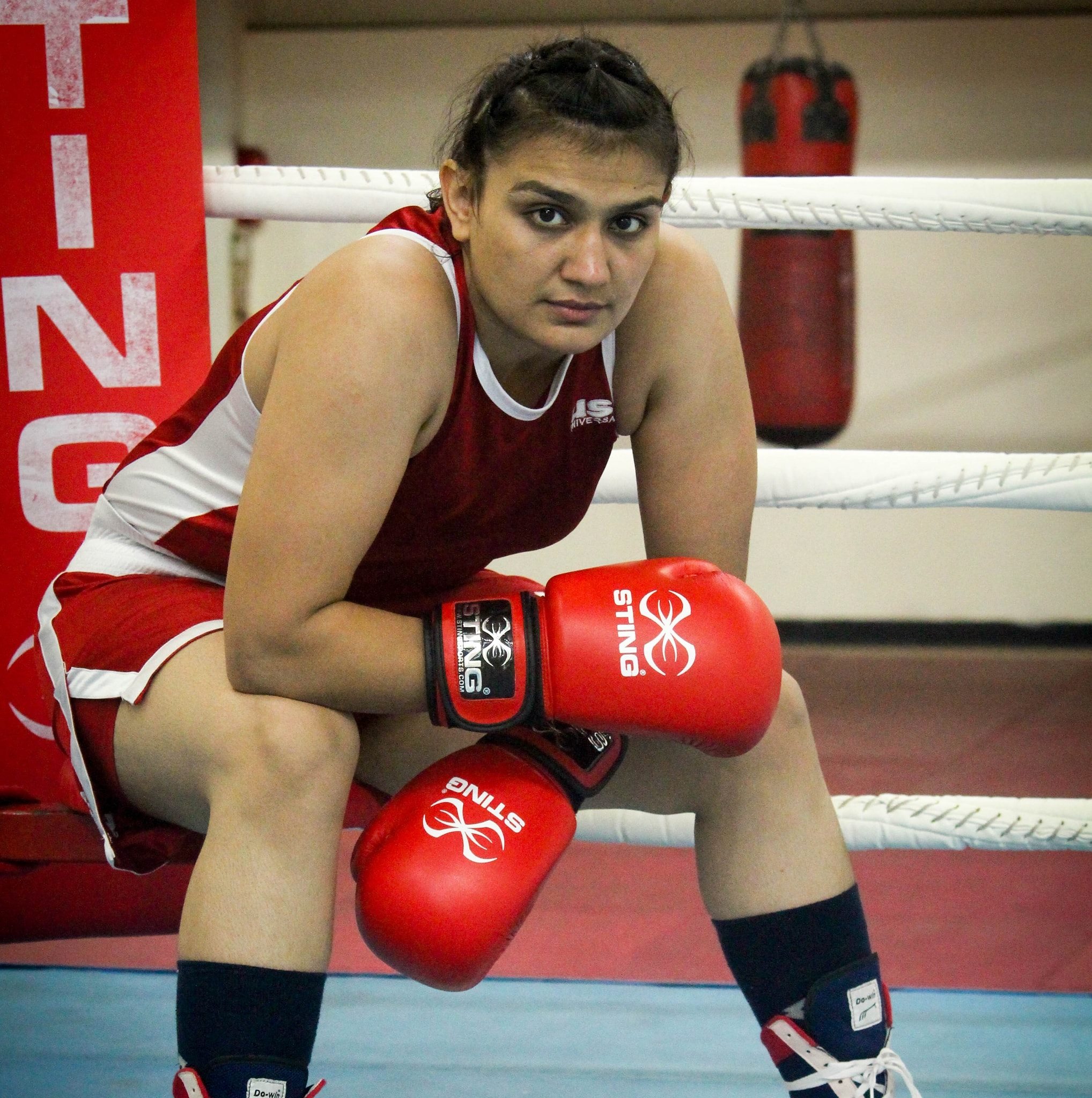
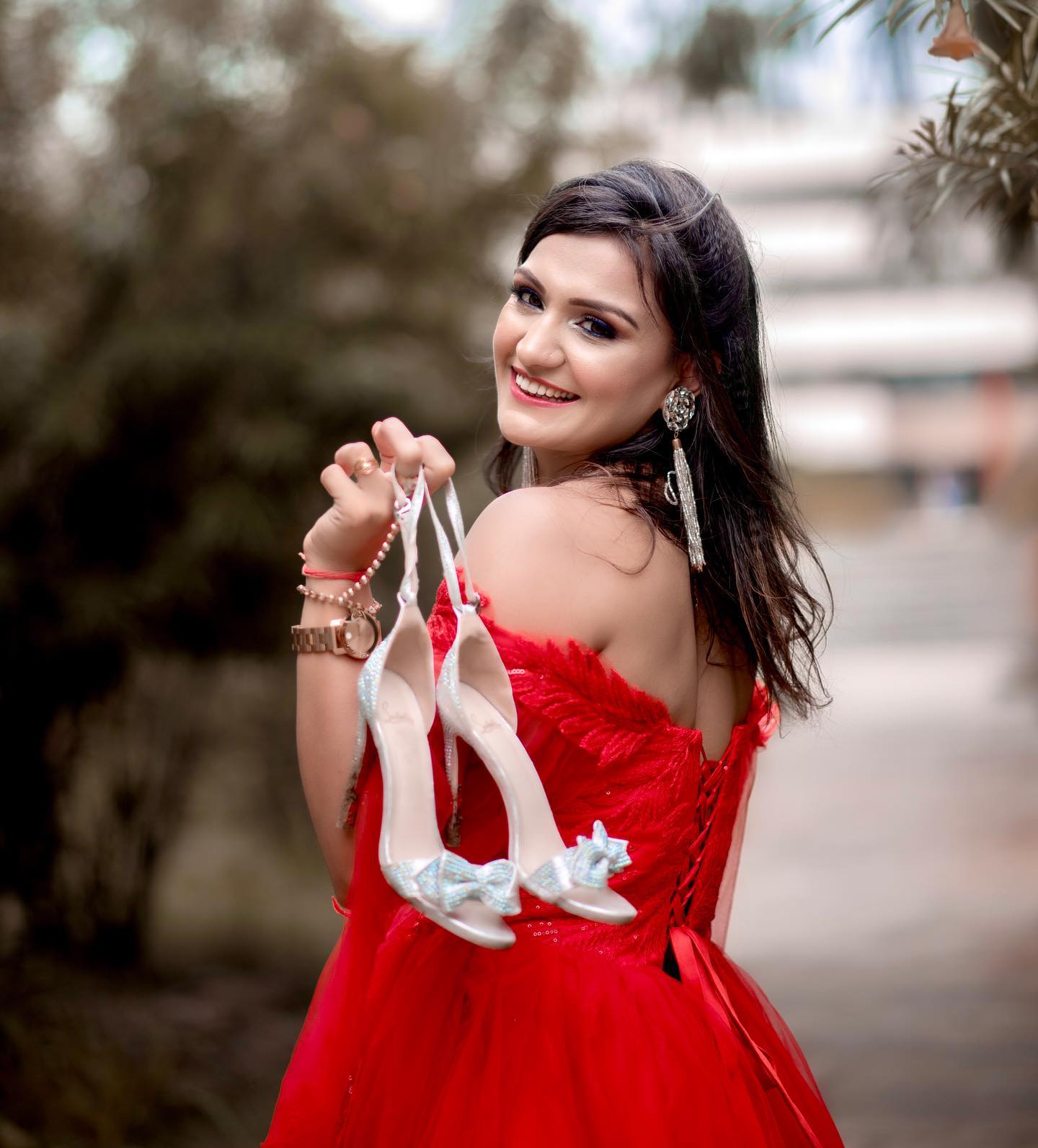
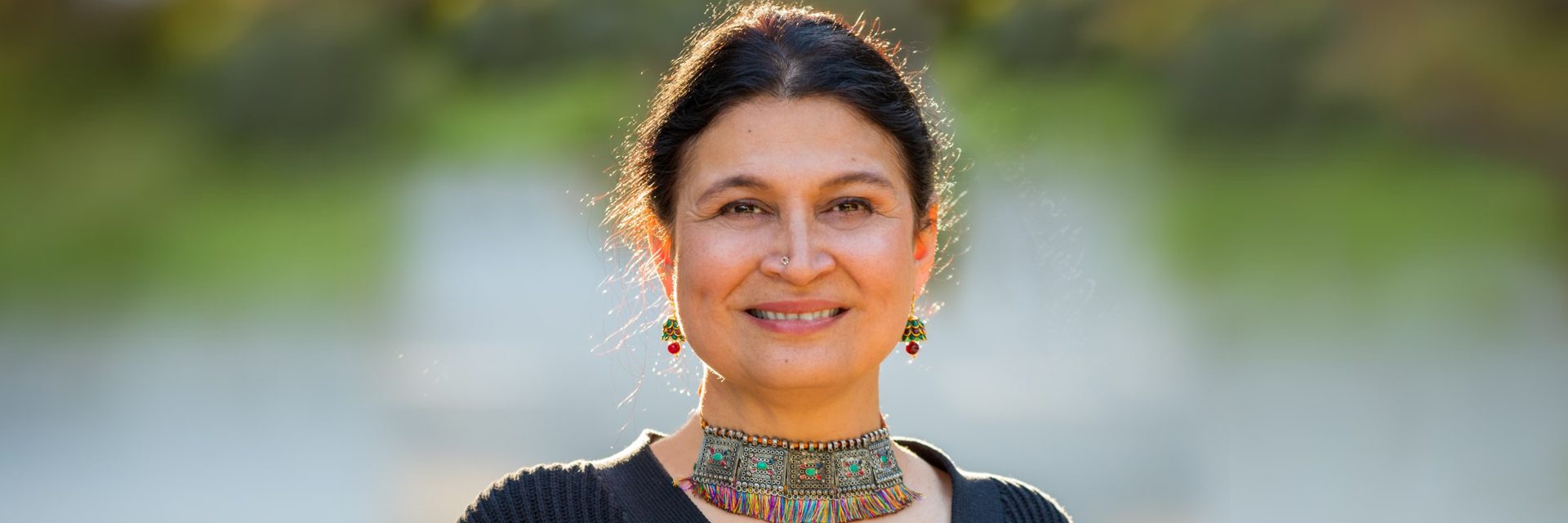
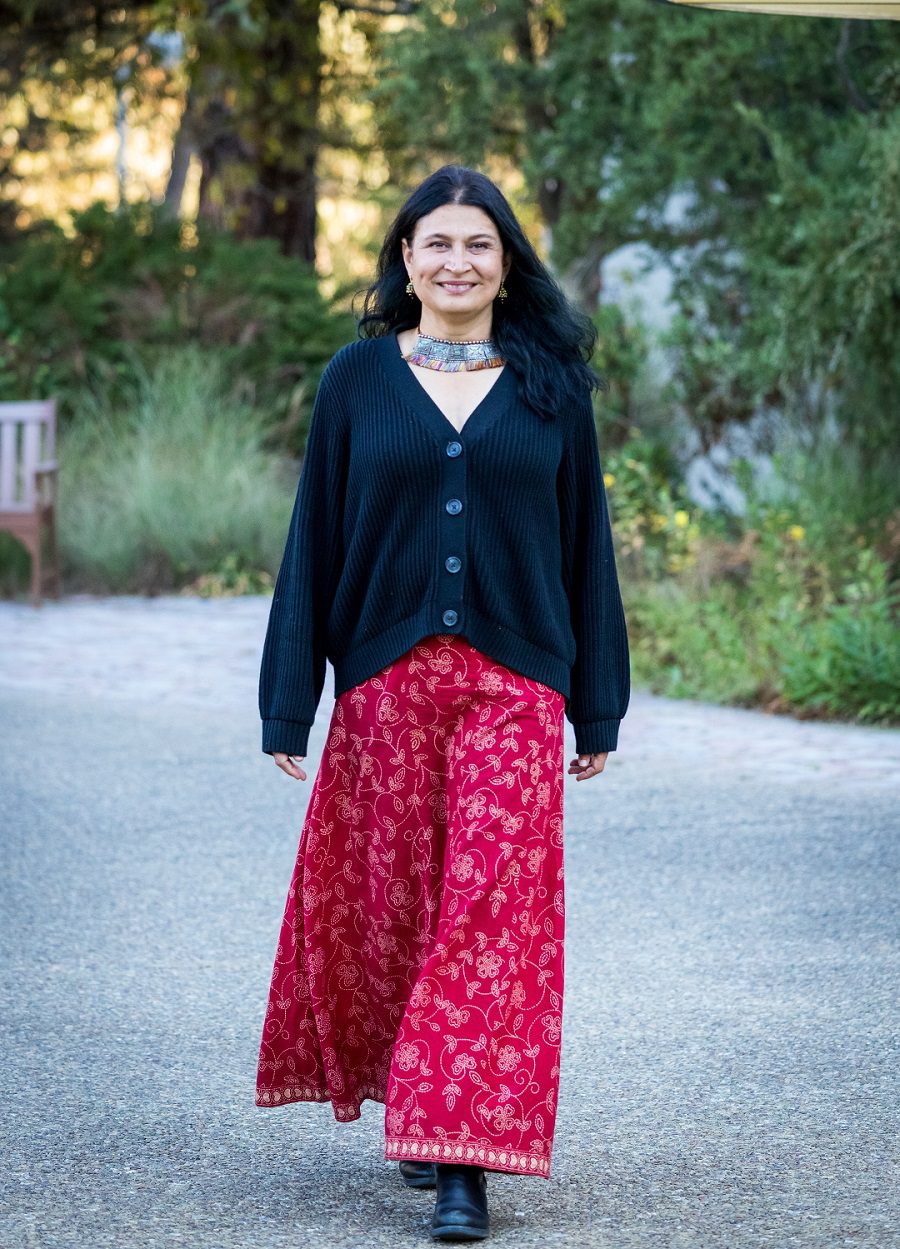
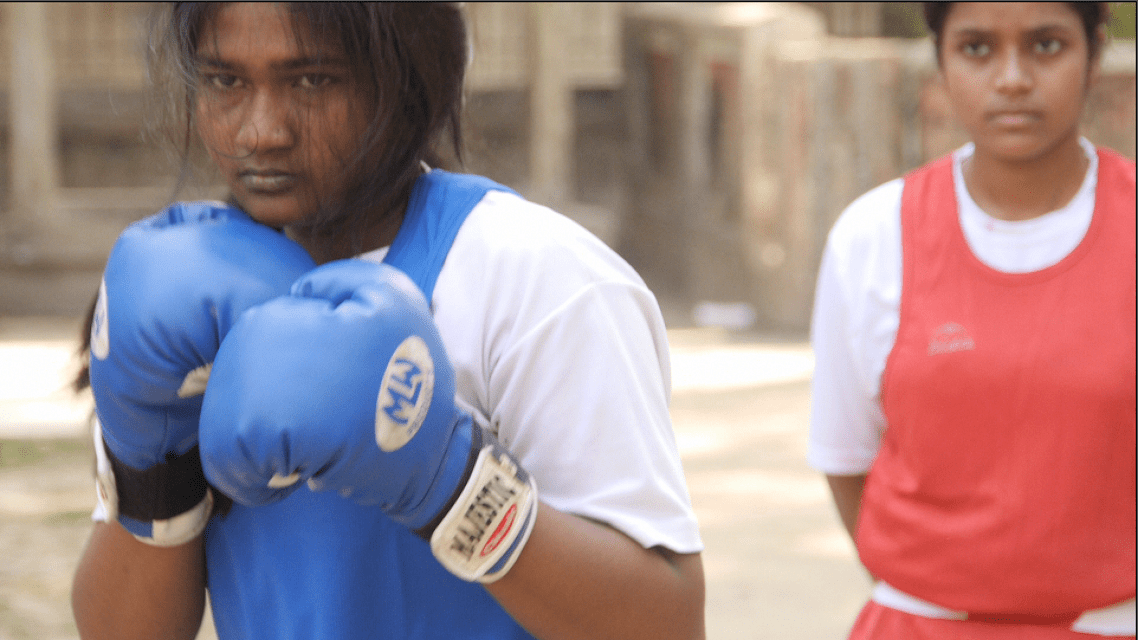 A still from Burqa Boxers[/caption]
A still from Burqa Boxers[/caption]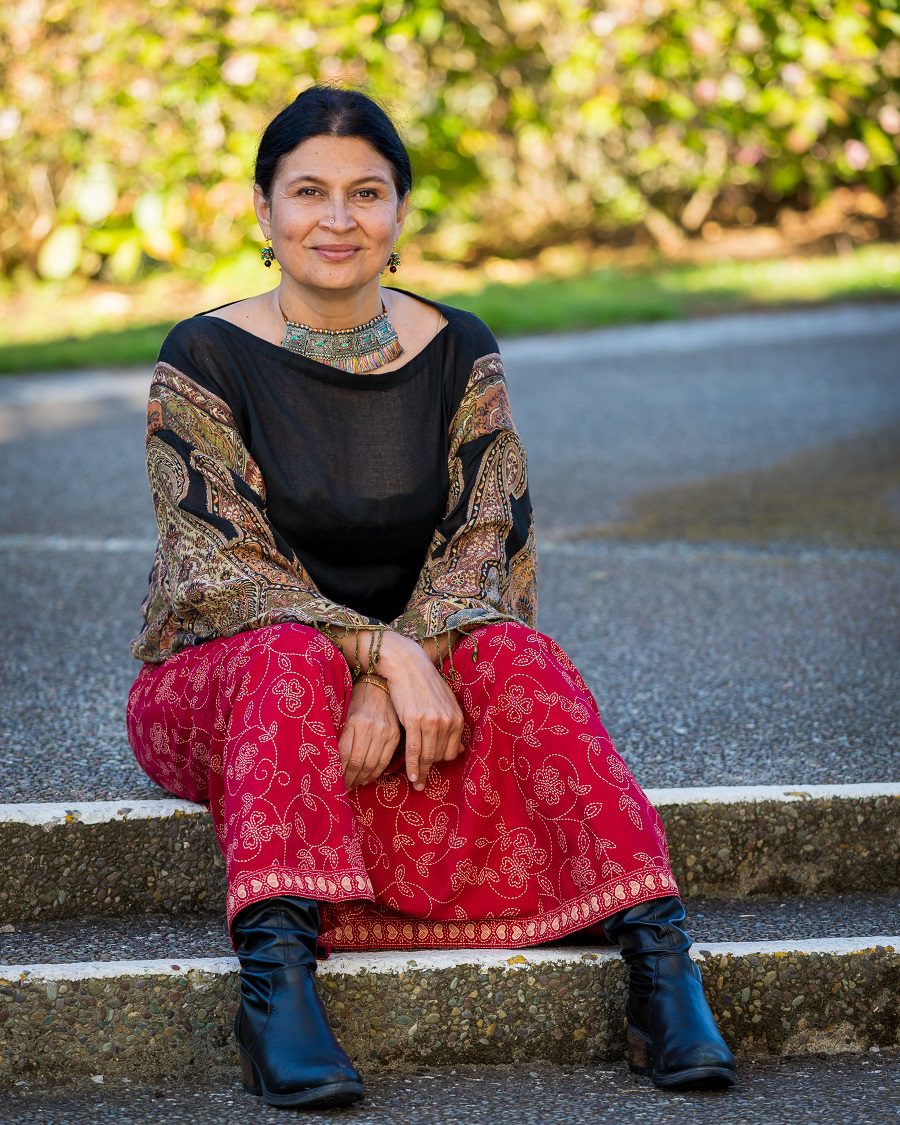

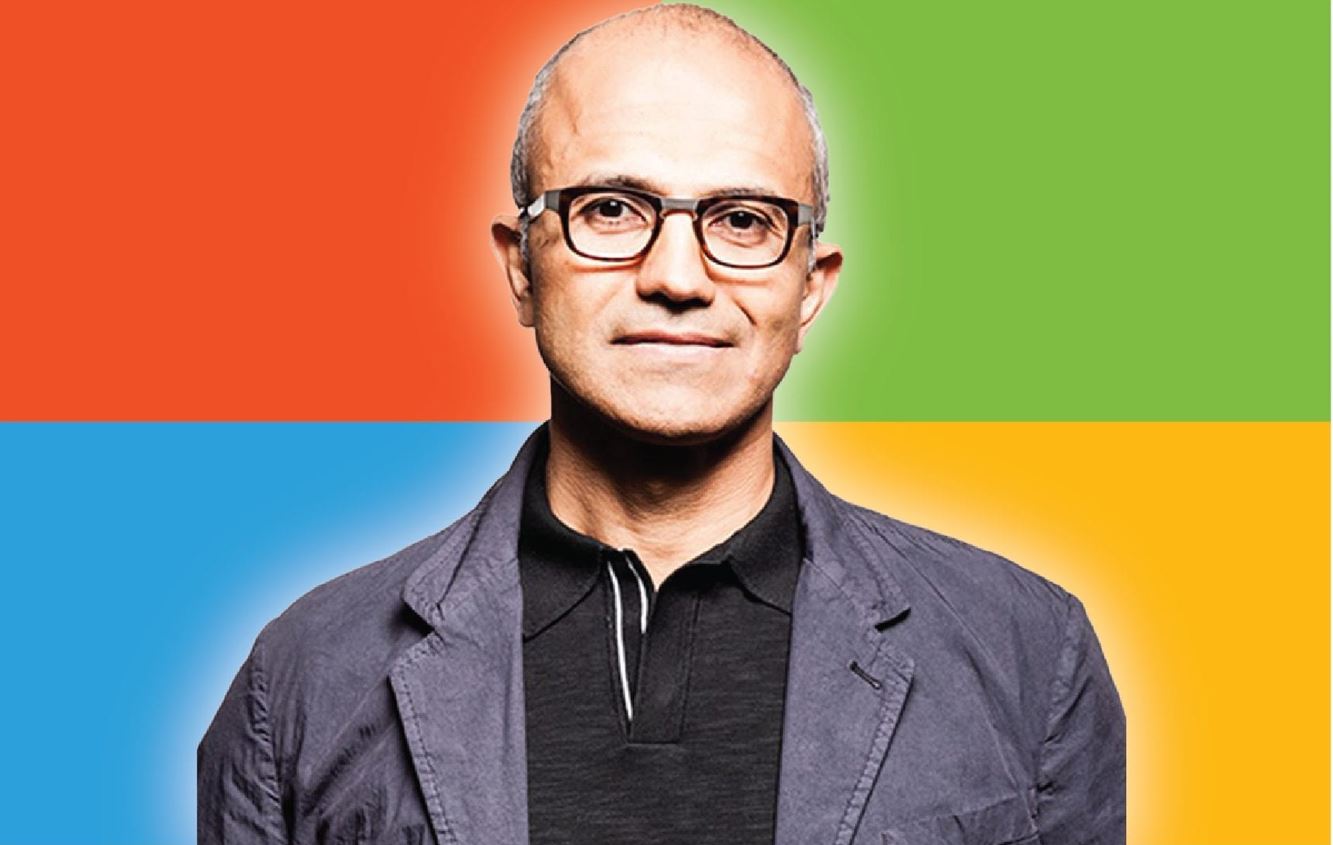 Microsoft CEO Satya Nadella[/caption]
Microsoft CEO Satya Nadella[/caption]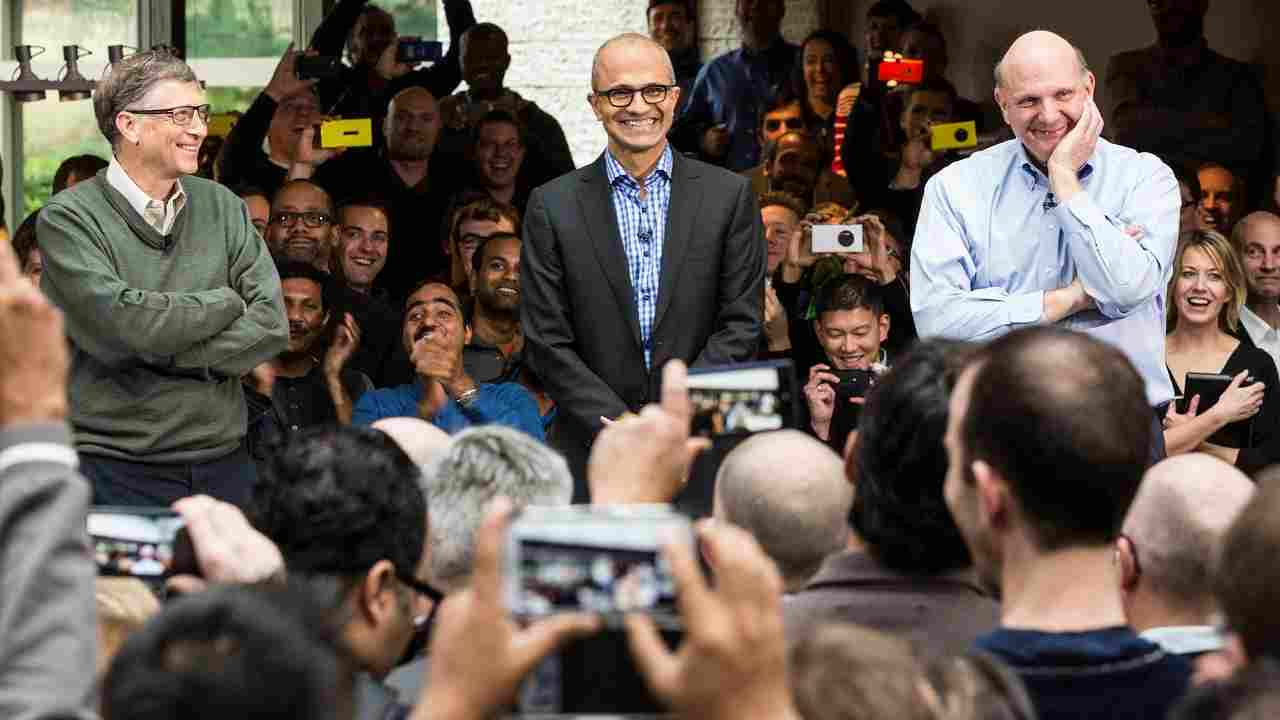 Microsoft past and current CEOs: Bill Gates, Satya Nadella, Steve Ballmer on Nadella’s first day as CEO[/caption]
Microsoft past and current CEOs: Bill Gates, Satya Nadella, Steve Ballmer on Nadella’s first day as CEO[/caption]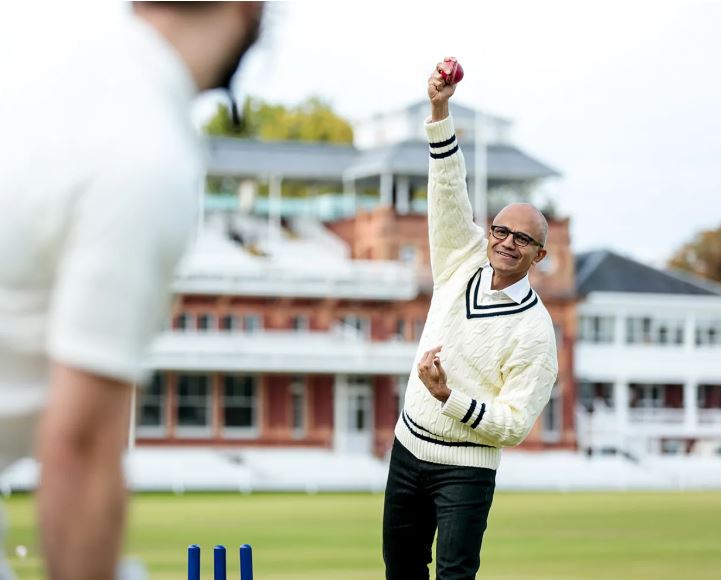 Satya Nadella enjoying the game of cricket[/caption]
Satya Nadella enjoying the game of cricket[/caption]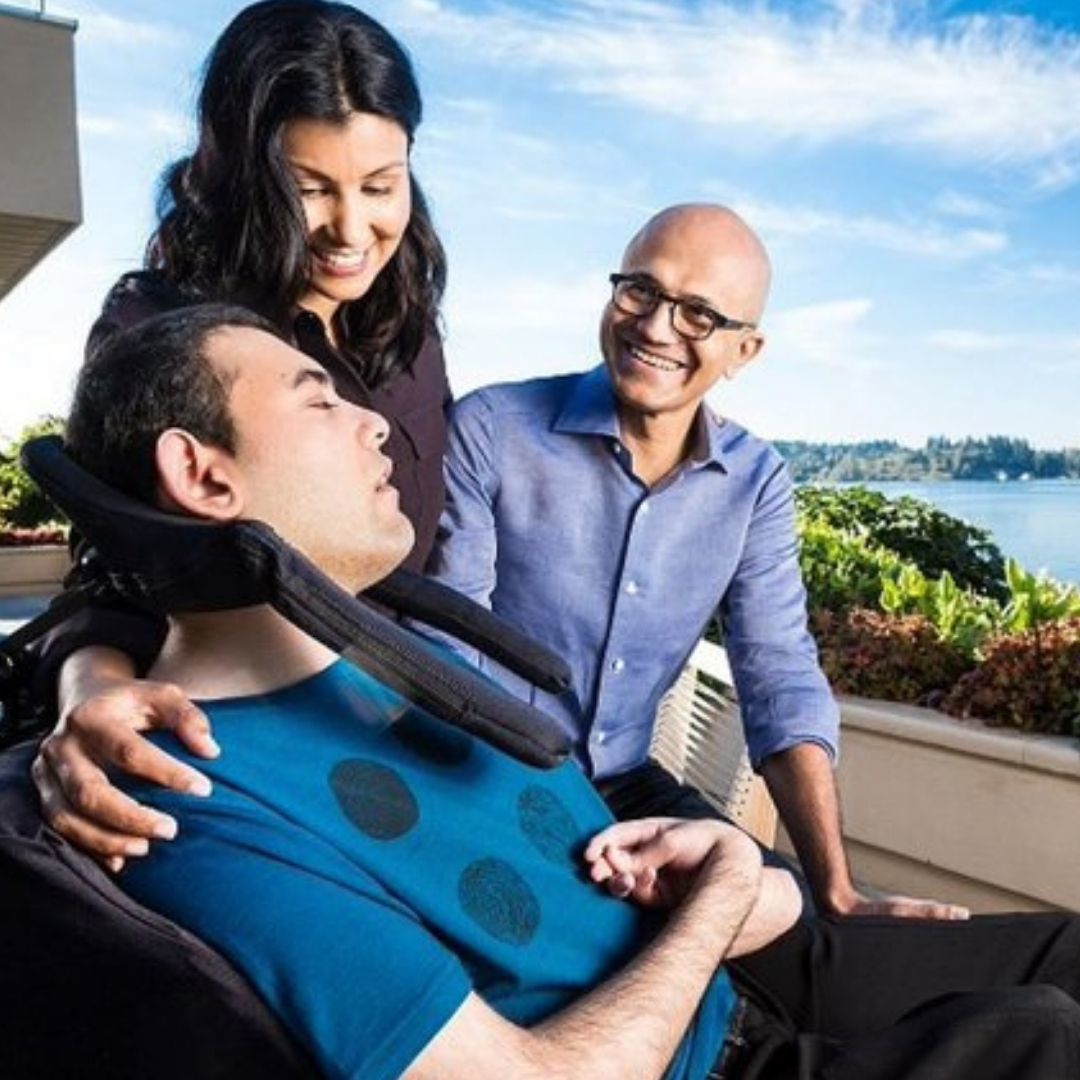 Satya Nadella with his wife, Anu and son, late Zain Nadella[/caption]
Satya Nadella with his wife, Anu and son, late Zain Nadella[/caption]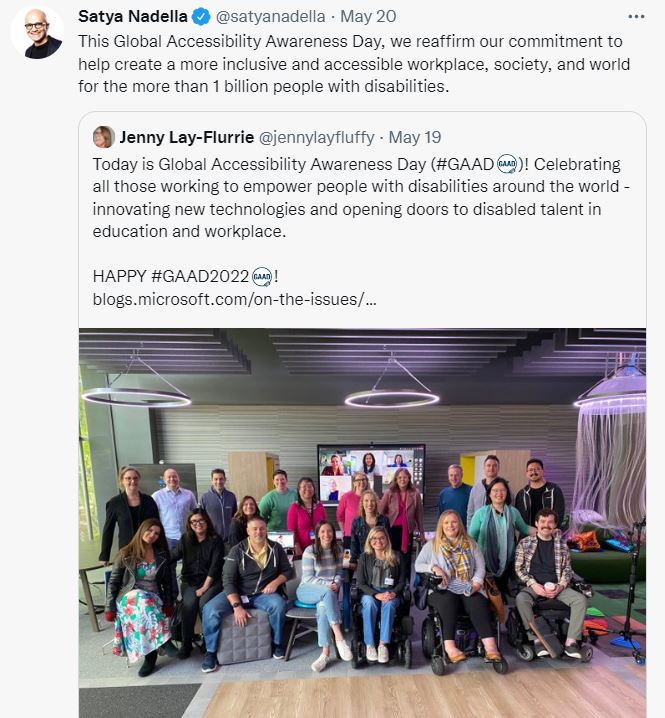
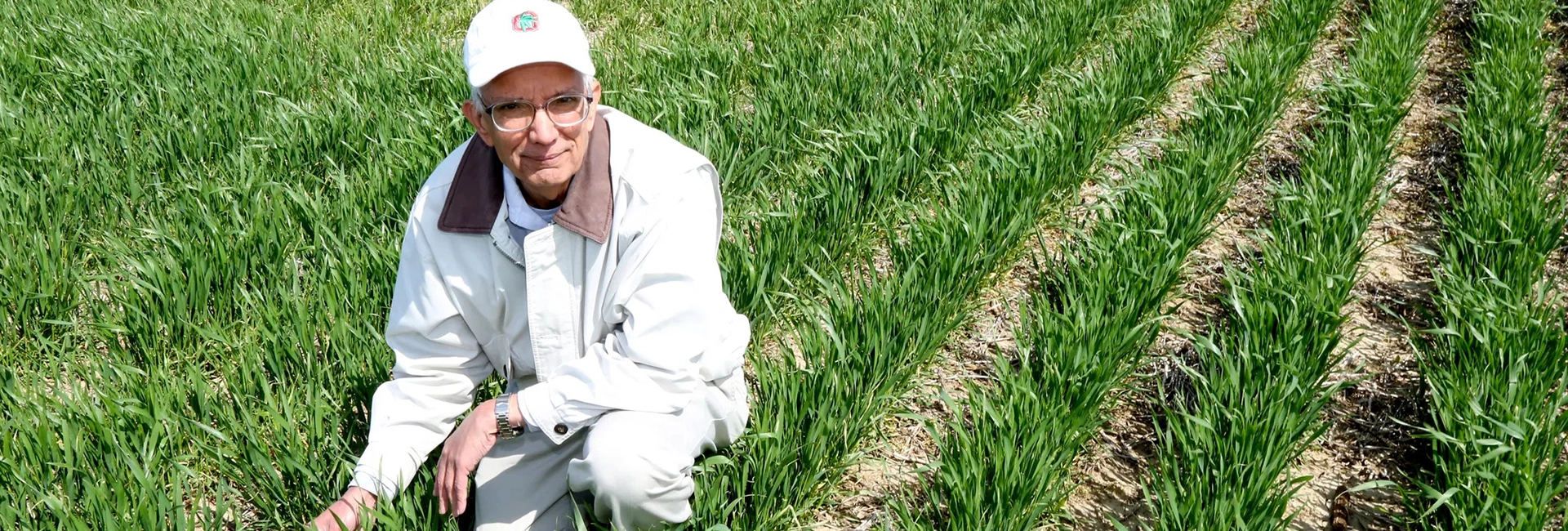
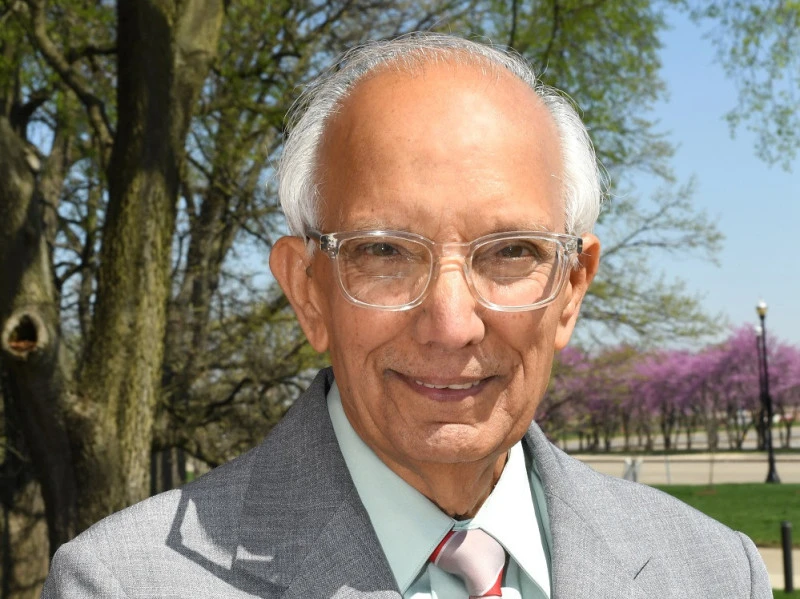 Dr Rattan Lal[/caption]
Dr Rattan Lal[/caption]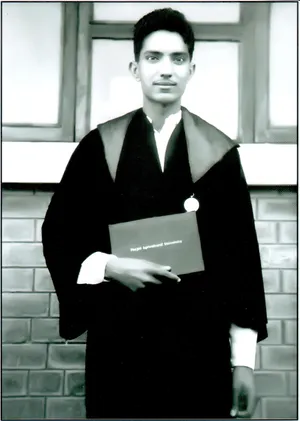 Dr Rattan Lal during his days as a student[/caption]
Dr Rattan Lal during his days as a student[/caption]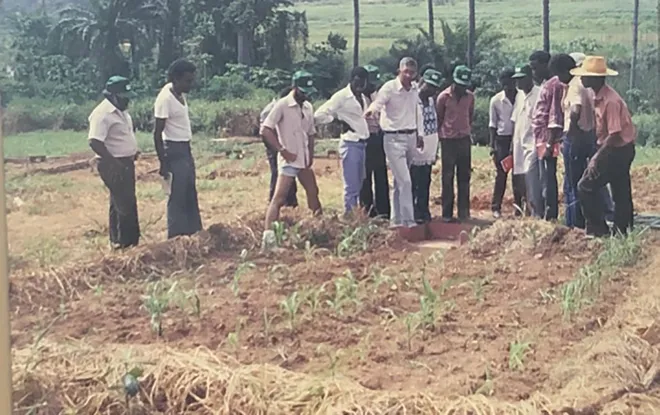 Dr Rattan Lal with farmers at a research site in Nigeria[/caption]
Dr Rattan Lal with farmers at a research site in Nigeria[/caption]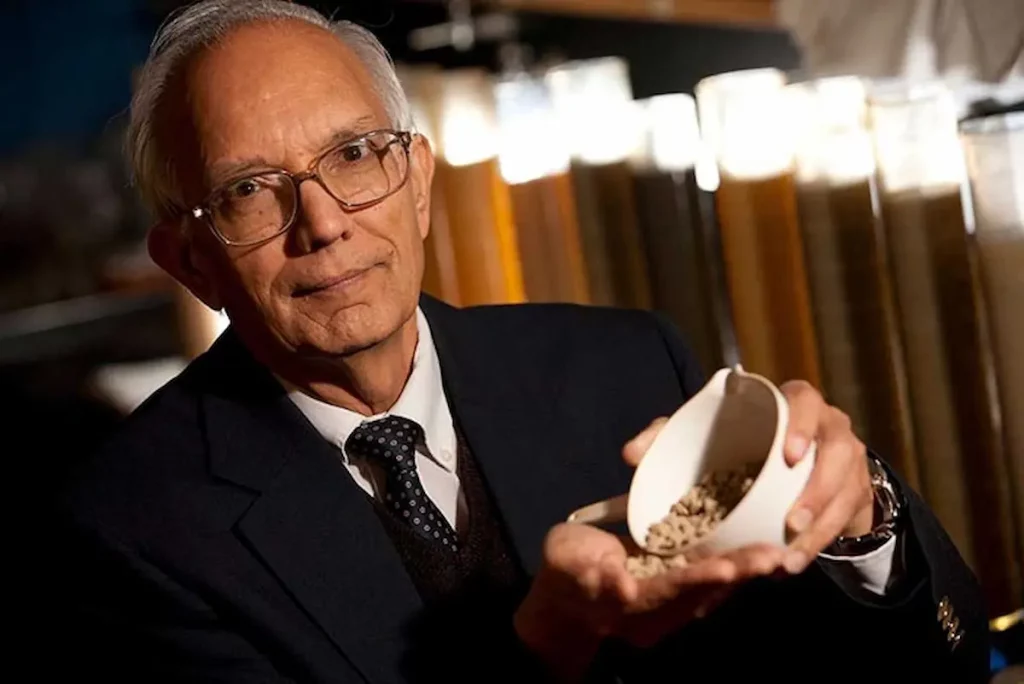 Dr Rattan Lal is considered the godfather of soil science[/caption]
Dr Rattan Lal is considered the godfather of soil science[/caption]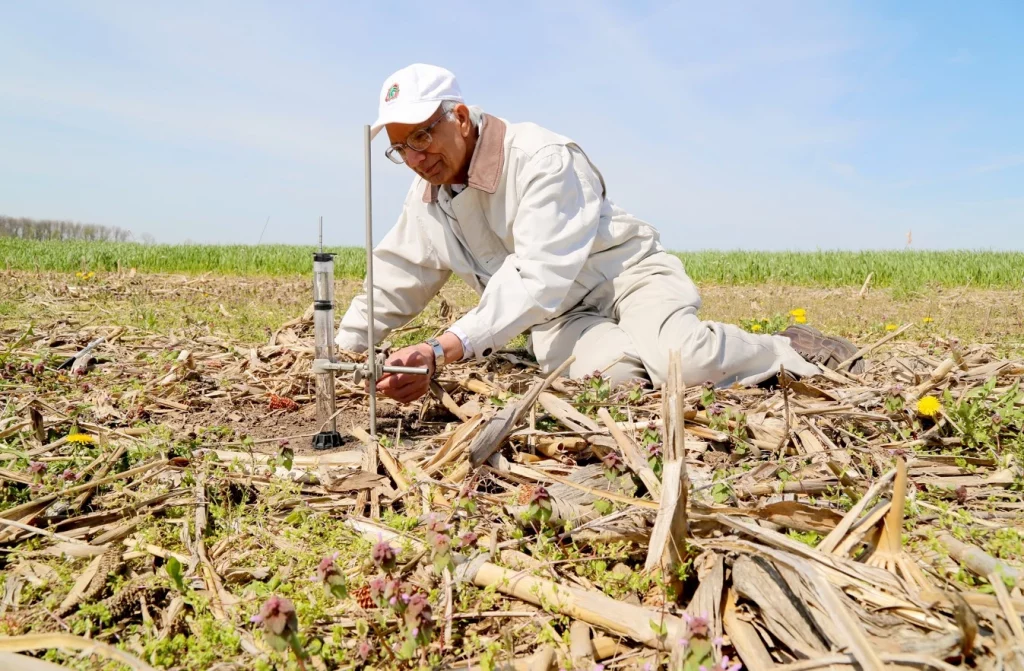 Dr Rattan Lal at field work in Ohio[/caption]
Dr Rattan Lal at field work in Ohio[/caption]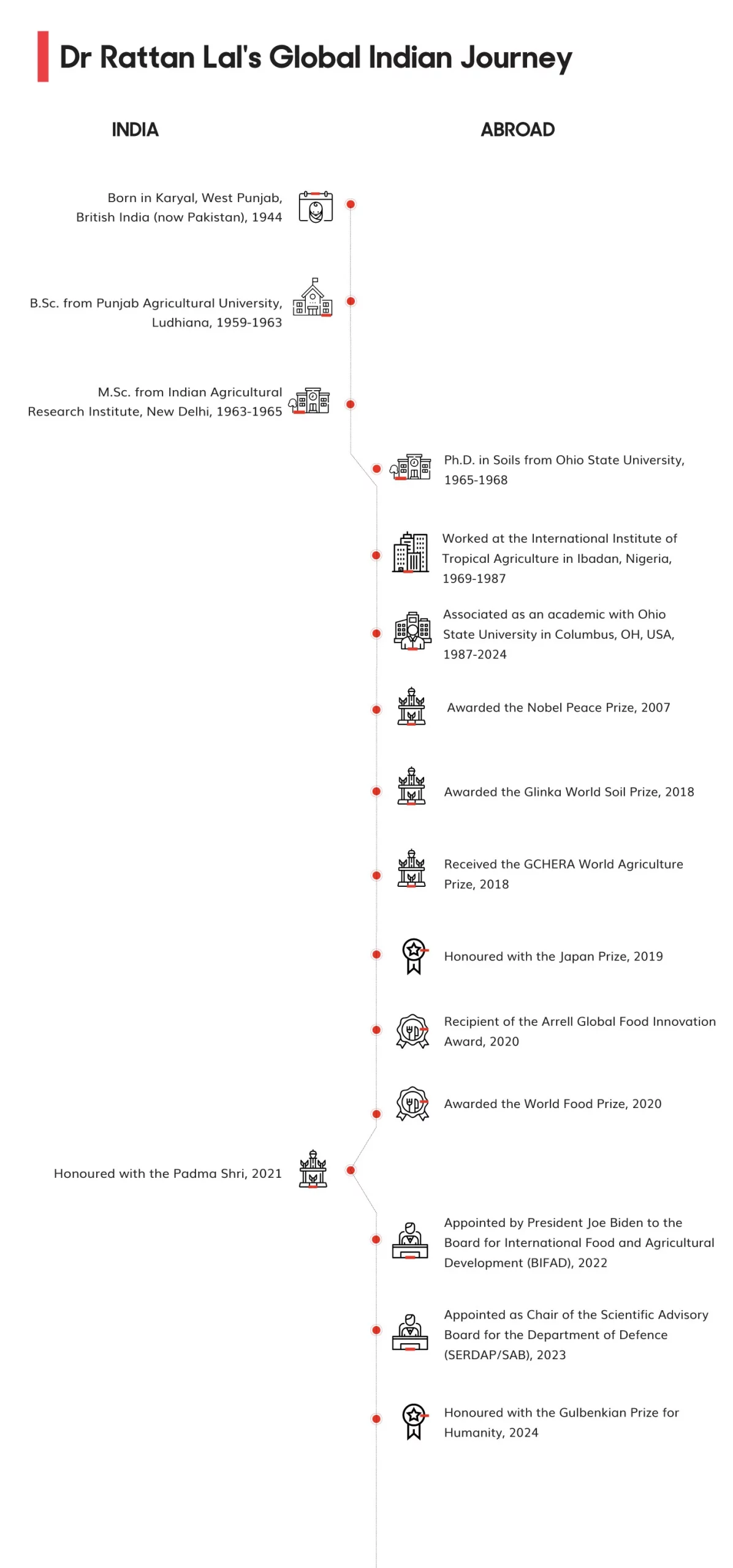
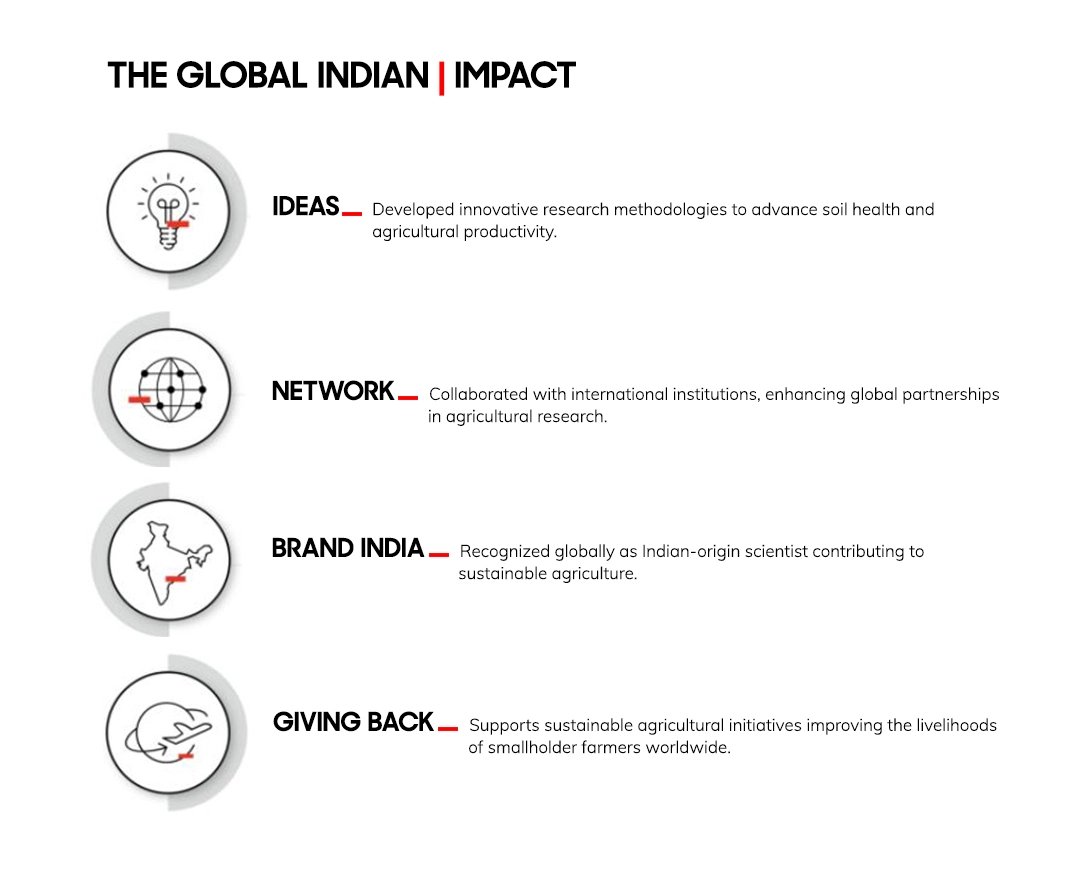
Does it cost a rupee? Great story and brand lads.